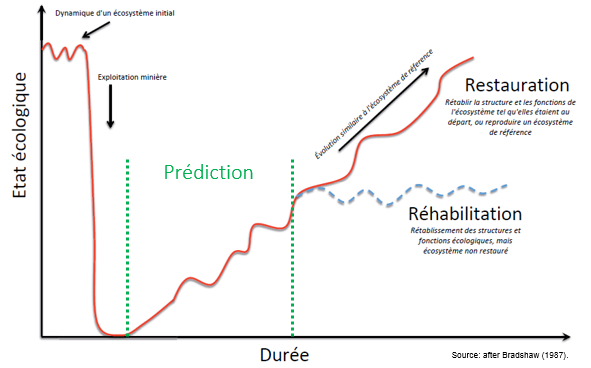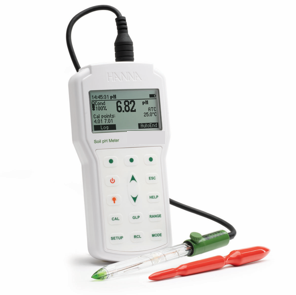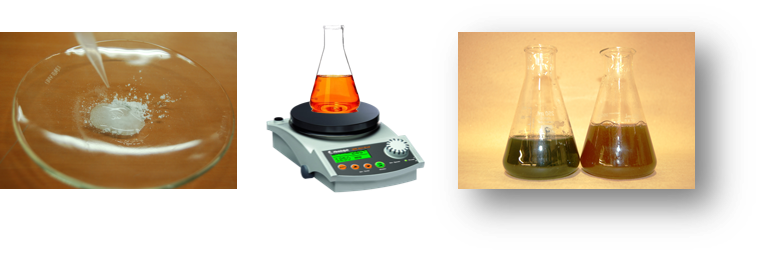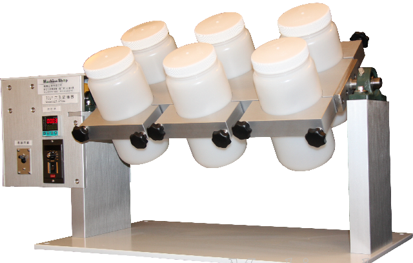
Predicting the environmental behavior of mine waste for sustainable mining development

The laboratory Mineralogic is able to offer all types of predictive tests usually used by the largest international laboratories :
pH of the paste
Paste pH involves measuring the pH of a paste formed from fine mine reject and water. The measured pH value tells whether the process of acid mine drainage is on or off.
Typical use :
-
- – Pulp pH is measured, and if it is acidic, it provides information on a possible acid generating potential of the mine discharge.

Static testing
Static testing is a rapid and inexpensive test that classifies mining discharges as acid-generating or non-acid-generating. This classification is based on an instantaneous balance between the acid generating potential of a mine discharge and its neutralizing potential. There are several variations of the static tests used by the mining industry.
Typical use :
-
- – Calculation of acid generating potential and neutralization potential
- – Classification of mine discharges
- – Prediction of environmental behavior of mine discharges
- – Decision making

Mineralogic has mastered all variants of static testing, and the interpretation of their results. The choice of the static test is made according to the intrinsic properties of the mining reject and with the help of decision flowcharts.
Kinetic tests
Kinetic tests are geochemical leaching tests that evaluate the environmental behavior of mine wastes by subjecting them to leaching under near field conditions (in situ). They are longer in duration and more expensive than static tests.
Typical use :
The mine discharge is subjected to periodic leaching with deionized water. The recovered leachate is analyzed to determine the nature and concentration (mg/l) of dissolved chemical elements. Kinetic tests are more accurate than static tests in predicting the nature, concentration and leaching rate of environmentally damaging chemicals. There are several variants of kinetic tests, namely:
-
- – Kinetic test in mini weathering cell
- – American Society for Testing and Materials (ASTM) standardized wet cell kinetic test
- – Kinetic column test
- – Cell/barrel field

Mineralogic has mastered the implementation of different types of kinetic tests, and the interpretation of their results.
Extraction tests
Extraction tests are designed to evaluate the leaching of industrial and mining discharges. They are often used as quick tests to get an idea of the short-term leachate qualities to classify mining discharges as hazardous or non-hazardous, or as recoverable or non-recoverable materials.
Typical use :
They are used to evaluate the nature and concentration (mg/kg) of chemical elements likely to leach from a sample in contact with acidic or non-acidic water (depending on the test).
- The various extraction tests are :
-
- – CTEU-9 and CTEU-10
- – TCLP (Toxicity characteristic leaching procedure)
- – SPLP (Synthetic Precipitation Leaching Procedure)
-
- The CTEU-9 and CTEU-10 tests are leaching tests developed by the European Committee for Standardization (CEN), and the TCLP and SPLP tests are leaching tests developed by the US Environmental Protection Agency (US EPA).

